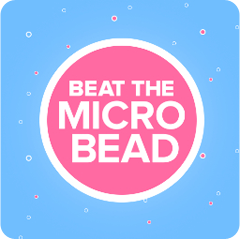We’re working to pass legislation to ban microbeads in consumer products in Vermont. These beads are found in numerous varieties of home beauty products: toothpaste, facial cleanser, soap, and body wash to name a few. And even a little tube can pack a big punch when rinsed down the drain- The 5 Gyres Institute estimates that one tube of common facial cleanser contains over 300,000 plastic microbeads.
That’s why we’ve created VPIRG’s guide to going microbead free.
1. Reach out and send a message to your Senator(s).
Urge Vermont elected officials to pass legislation that will ban microbeads in Vermont this legislative session. Click here to use VPIRG’s handy web form to send a custom email directly to your lawmakers.

